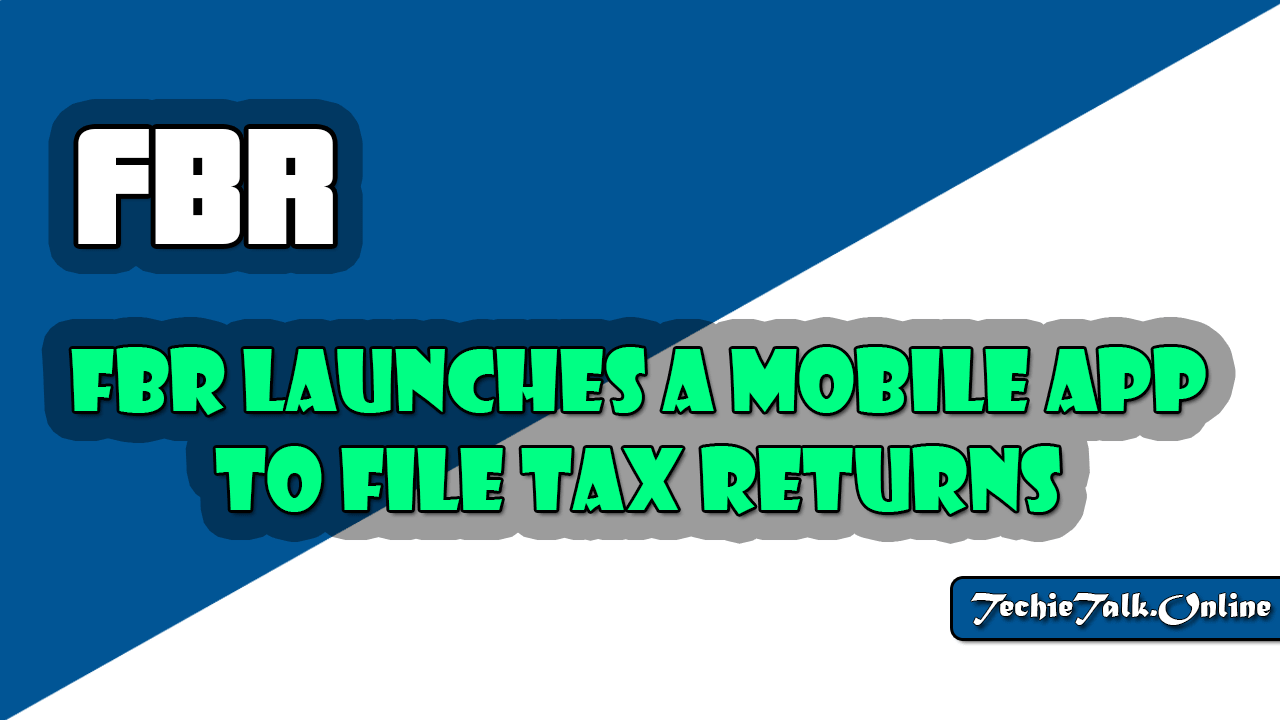
Hardening Email Servers
Hardening Email Server: Email servers provide the communications backbone for many businesses they typically run either as an additional service on an existing server or as dedicated systems.
Putting an active virus scanner on email servers can reduce the number of viruses introduced into your network and prevent viruses from being spread by your email server.
It is worth nothing, though, that most scanners can’t read Microsoft’s open files, so to scan Exchange mail stores, you need a specific email AV scanner.
Illustrate an email virus scanner being added to a server. In this implementation, the scanner filters incoming emails that are suspicious and informs email uses of a potential system compromise. This feature is very effective in preventing the spread of viruses via email.
Email virus scanner being added to a server

Using ACLs to Address Spam
You have been observing repeated attempts by a TCP/IP address to connect to your email server. These failed connection attempts appear in your email logs. The intruder continually attempts to access port 25.
Email servers are being inundated by automated systems that attempts to use them to send spam. Most email servers have implemented measures to prevent this.
The threats, however, are becoming increasingly more sophisticated. You may be able to reduce these attempts to access your system by entering the TCP/IP addresses in your router’s ACL deny list.
Doing so will cause your router to ignore connection requests from these IP addresses, effectively improving your security.



